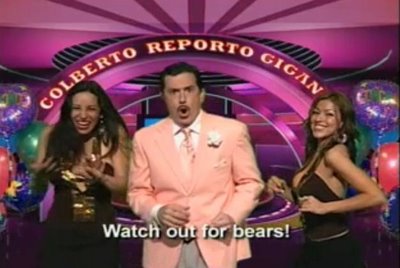kill the big pig, kill the big pig.

William Golding's Lord of the Flies is a literary classic, no questions there. It has been countlessly ripped off and parodied in movies and television, but there has actually not been a whole lot of direct adaptations. The only two I am aware of are the 1963 British production directed by Peter Brook, and the 1990 American production directed by Harry Hook. And, in my estimation, Peter Brook's interpretation is superior to Harry Hook's version.
Though both have merits and flaws, and are both products of the enviornment and culture in which they were made, Brook's adaptation is the greater, due to its use of symbolism, its closer following of the text, and of the choice to film in black and white. The cinematography evidenced in the Hook version was competent, but did not display the same use of framing and juxtaposition that Brook did, and its use of color, while more suitable for the time in which it was filmed, allowed the film to take shortcuts in representation that Brook did not have access to. For example, in the scene where the boys first start a fire, Hook's film used the bright red fire as a signifier on the screen, its color automatically announcing itself as an important element. The color red stands out when presented as a single element, and the contrast between the boys, the sky, and the fire was clear. Brook's film had no such advantage, being in black and white (or grey-scale). The contrast had to be shown through varying the brightness of the image, and Brook (or his cinematographer) made the interesting choice to up the contrast of the fire against the other elements on-screen, so that it appeared as a large amount of negative space. Symbolically, and taken within the context of the novel, this is more interesting, as the fire, while important for their continuing life, can also be destructive and be a force for taking away life.
 The main difference, though, and the one from which a lot of minor differences can be extrapolated, is the choice of Hook (or, more likely, the producers who hired him) to make the boys on the island from an American military camp. The language and attitudes of the boys in the novel, especially towards the beginning, are steeped in the British school system of the time, and changing that element fundamentally changes the prior relationships of the boys. Ralph is no longer made leader due to his more "take charge" attitude (as in Brook's film), he's made leader because he already was one in the cadet corps. Jack, who is shown as more of a totalitarian leader-in-training in Brook, becomes the "bad kid" in Hook's, sent to military school for some unknown offense. This predilection to anarchy and violence in Hook's film makes his descent into tribalism and savagery less effective, as he was already that way before they ever came to the island.
The main difference, though, and the one from which a lot of minor differences can be extrapolated, is the choice of Hook (or, more likely, the producers who hired him) to make the boys on the island from an American military camp. The language and attitudes of the boys in the novel, especially towards the beginning, are steeped in the British school system of the time, and changing that element fundamentally changes the prior relationships of the boys. Ralph is no longer made leader due to his more "take charge" attitude (as in Brook's film), he's made leader because he already was one in the cadet corps. Jack, who is shown as more of a totalitarian leader-in-training in Brook, becomes the "bad kid" in Hook's, sent to military school for some unknown offense. This predilection to anarchy and violence in Hook's film makes his descent into tribalism and savagery less effective, as he was already that way before they ever came to the island. As said previous, there is good and bad in both films, but Brook's vision seems truer to Golding's original novel. Its such a product of its time and setting, that moving the story to a different era and millieu fundamentally damages the plot, and sends it off on tangents that do not benefit the story. Brook's film is the superior. What do you think, Stephen?
As said previous, there is good and bad in both films, but Brook's vision seems truer to Golding's original novel. Its such a product of its time and setting, that moving the story to a different era and millieu fundamentally damages the plot, and sends it off on tangents that do not benefit the story. Brook's film is the superior. What do you think, Stephen?





2 Comments:
BEARS!!!!!!!
i would like to agree. bears are dangerous.
Post a Comment
<< Home